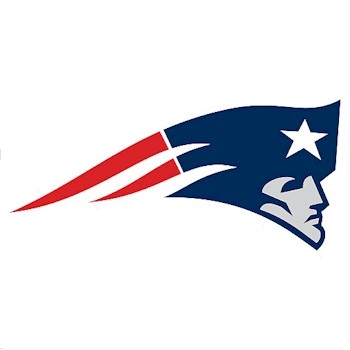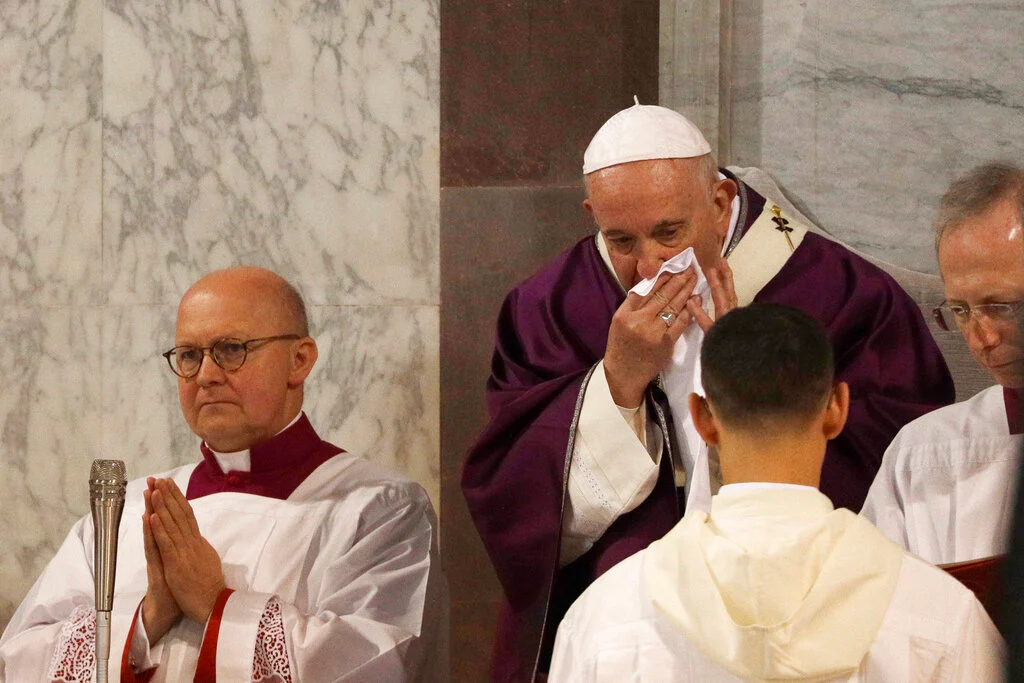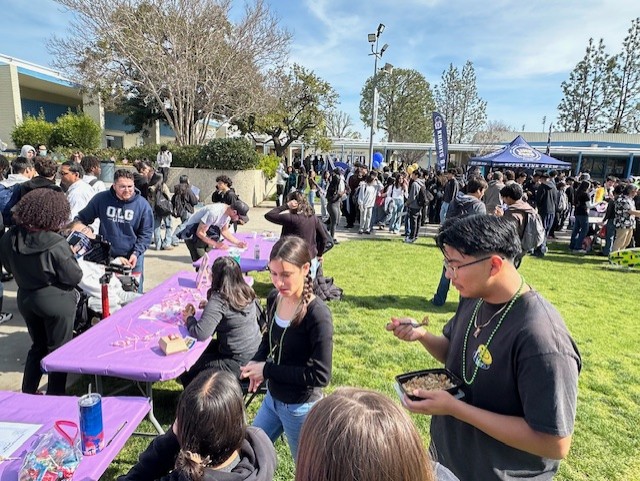Public transportation has been a crucial part of urban life for centuries, evolving from horse-drawn carriages to today’s modern buses and Metro systems. Back in 1662, the first public transportation system was established in Paris by a mathematician & philosopher, Blaise Pascal. This transportation system consisted of horse-drawn carriages, which lasted about a decade for Pascal due to its limited accessibility only to the nobility.
In the early 1810s, Robert Fulton established a regular ferry service in the United States between lower Manhattan, Jersey City, and Brooklyn. Access to public transportation has been popular throughout the decades due to its importance. Without the development of public transportation, getting to certain destinations would not have been possible.
Public transportation systems first made their way to New York City within the U.S.; eventually, most big cities adopted this form of transportation. Horse-drawn carriages became outdated around 1873, resulting in animals not being needed for transportation.
The noble idea for cable cars came when a bystander, Andrew Smith Hallidie, witnessed a horrific scene of a horse carriage driver repeatedly whipping his horse to get up a steep hill. Hallidie, seeing this event, thought that if one horse was struggling to get up the steep hills of San Francisco, surely all other horses must be having difficulties as well. The cable-driven system consisted of existing horsecar rails with the twist of having a moving cable between those two rails. This new invention allowed animals to not be mistreated anymore and used as objects for people to get to their destination.
After cable cars, streetcars emerged as a safer and more efficient alternative. Cable cars were prone to snapping which would cause dangerous accidents on the San Francisco streets. Some cable cars still exist today due to nostalgic reasons. They gave way to more reliable electric streetcars that could hold more people while also offering higher safety considerations.
This all led to what we know today as Metro buses which are known to go in straight lines with some having exceptionally different types of routes. Many argue that buses could be safer since there are many factors that the Metro doesn’t take into account.
When asked about changes they would make to the Metro system, BCCHS senior Marquis Dominguez stated, “There should be seatbelts on these buses since people like to fall asleep and at times, the bus stops abruptly, making people prone to falling.” Alexander Martinez (12) claimed, “No, there shouldn’t be seatbelts since the buses are engineered to handle accidents without the need for seatbelts, although there should be exceptions for handicapped people.” In some cases, public transportation systems rely heavily on safety protocols without considering additional precautions.
Many users of the bus system are lower-income individuals and members of minority communities (particularly Hispanic and African American students), older adults unable to drive, and people in urban areas where car ownership is less common and less desirable.
Public transportation plays a crucial role in society today, as many people depend on it to reach their destinations without having to walk long distances. Because of these factors, the safety protocols for metro systems must be carefully considered, especially since studies show that women use public transportation more than men. Students have favored the idea of security guards on metro buses, as Martinez (12) added, “Security guards can help maintain a safer environment within the metro system.”
Maintaining a clean environment is also essential, as there are no trash bins on buses in Los Angeles. Martinez also voiced support for this, stating, “Trash bins should be added to buses, as there’s no way to keep a cleaner environment if we just throw our trash on the buses or streets.”
In California alone, residents have already taken over 65 million public transportation trips in 2024, a 40% increase over the previous year. Approximately 11% of Americans, or 28 million people, rely solely on public transportation, with no alternative for reaching their destinations.
From horse-drawn carriages and omnibuses to the modern bus and metro systems, public transportation has consistently evolved to meet society’s needs. Even though some aspects of the metro system need more attention, the Metro still holds a vital role in providing essential mobility for people across various socio-economic backgrounds. As transit systems expand, improving their safety protocols remains one of the key factors in improving communities within the Metro system.













